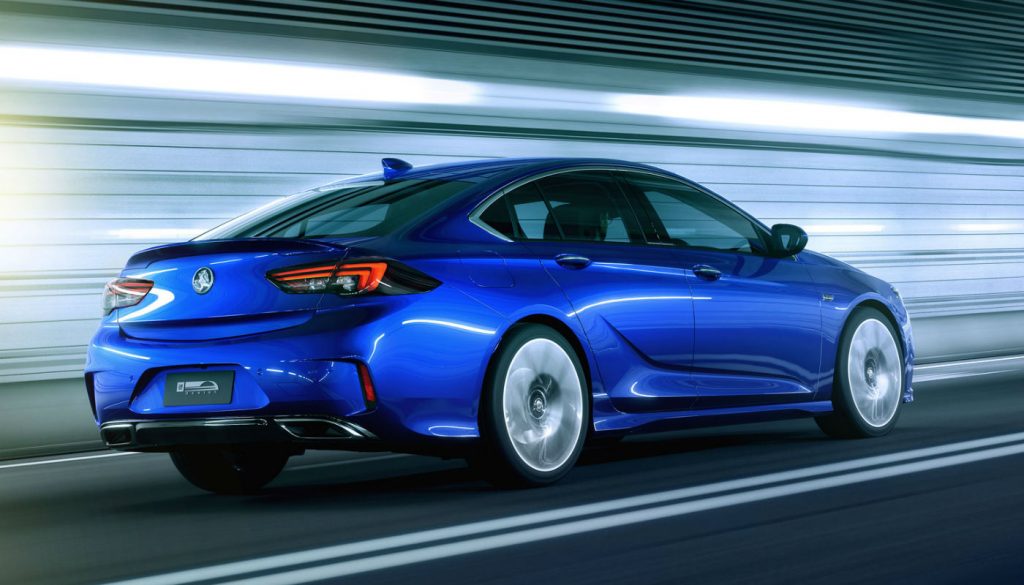Despite auto manufacturing operations heading offshore, auto engineers in Australia are still hard at work on the technology needed for building the cars of the future.
A century and a half after the original Holden factory began manufacturing saddles and coaches, the company’s focus has shifted with the times to include ride-sharing apps, autonomous vehicles, and sensor-based onboard functions from navigation to remote diagnostics – everything cars of the future need.
After the car manufacturer’s exit from Australia in October, some of Holden’s engineering staff have been retained to facilitate this pivot by designing and testing these kinds of innovative vehicles.
Manufacturing operations have officially moved overseas, but more than 300 designers, engineers and technicians were among the 700 staff still employed by General Motors International (GMI) in Melbourne. GMI Engineering Executive Director Brett Vivian told the ABC that these engineers, who have an average of 20 years’ experience, will continue to play a pivotal role in car design.
“Vehicles are becoming more and more complex, especially as we integrate more smart technologies into them … testing, development, and trial and error is the big thing,” Vivian said.
One project the GMI’s engineers continue to develop is the ride-sharing app Maven, which is available in Melbourne, Sydney, Adelaide, Brisbane and the Gold Coast. It provides rental vehicles to drivers in short-term hire businesses like Uber.
In addition, the company has announced that their OnStar suite of smart car functionality, which was launched in the US in 1996, will be rolled out to Holden models starting in 2019. Functions will include: remote communications in emergencies; security features such as remote ignition block; and navigation, wifi and vehicle management.
The iconic Commodore will also remain an Australian-designed vehicle, with the latest offering, the ZB Commodore VXR (pictured above), unveiled in October.
Much like the decline of the mining industry, these developments could lead to new opportunities for Australian auto engineers, who can apply their skills elsewhere.
In 2013, when Holden announced its intention to take manufacturing offshore, it employed around 600 engineers in its Melbourne and Adelaide plants. Some of those who lost their jobs were redeployed to GMI positions overseas, or employed by rival company Ford.
Unlike GMI, Ford plans to increase their workforce to 1750 engineers, designers and technicians in Australia by next year, and has increased local research and development investment by $450 million in 2017 to fund increased vehicle development programs.



